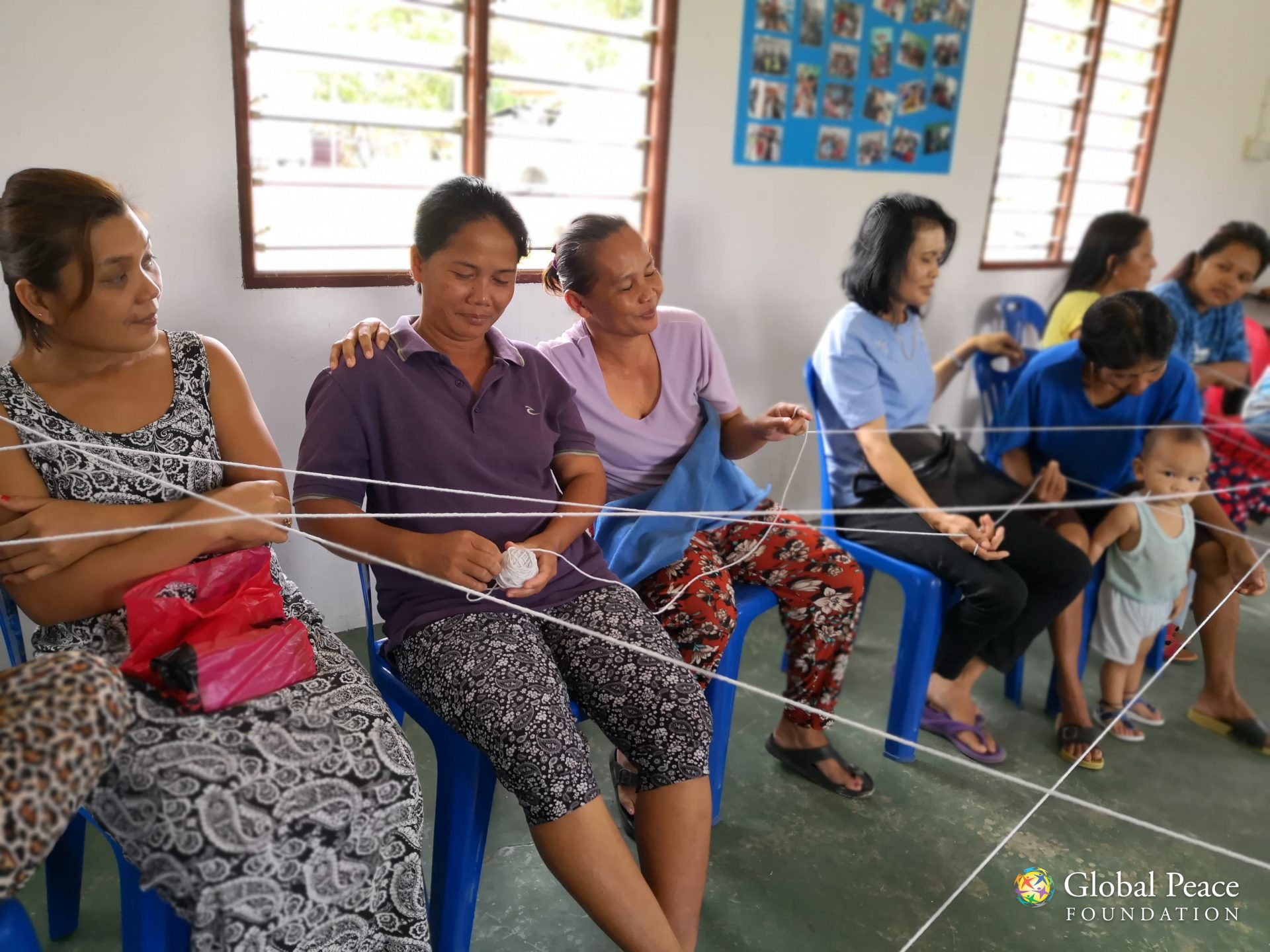Community Engagement Workshop
The first few meetings with a village are critical for the success of our community development programme. It’s an opportunity for us to get to know one another, learn about their life, and start building relationship and trust with the people there.
A good engagement would facilitate the community to get involved in the process such as sharing ideas and making decisions together. Thus, it would create greater ownership in the programme and a more sustainable impact. The Community Engagement Workshop is designed to achieve these goals and we also make it fun and interactive so that the whole community can participate.
Social Mapping: Way to Encourage Participation
Social Mapping is a preference exercise that helps us break the ice and connect with villagers. We get everyone to stand up and then we put forward a statement. If they agree with it, they move to the right side of the room, if they disagree, they move to the left.
Based on our previous experience, it’s difficult to engage or get a response from a group of people if we ask them questions directly, especially if it’s during a first meeting. What we found out from conducting Social Mapping is that everyone participates, even the young and old, because it’s such a simple activity.
Besides creating a more relaxed environment, Social Mapping helps the villagers find common ground with one another and helps us get to know them better through casual interactions. For example, we would say “I eat three meals a day” to find out about their eating habits, “I bathe in the river” to understand their water usage, or “I’ve finished school” to determine their education level.
Once they pick a side, we find that it’s much easier to approach each person individually to ask further questions about why they agreed or disagreed with the statement. This gives us valuable insight into the lifestyle of the community and each person within it.
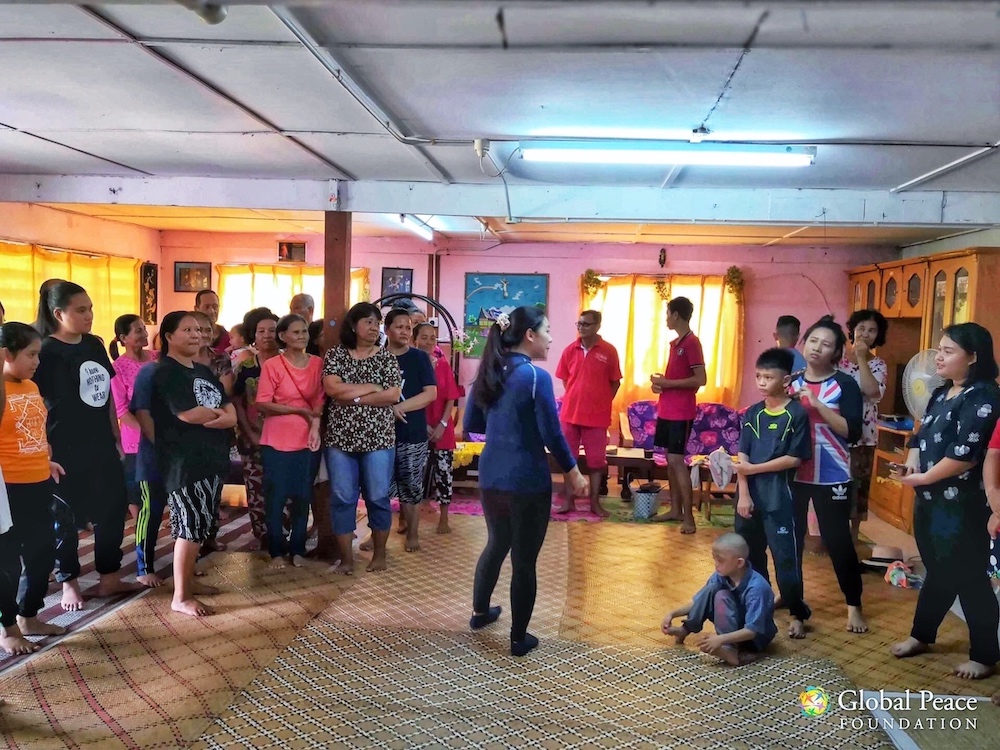
Social Mapping is an interactive activity that everyone can participate in.
Emotional Check-In: How Are You Today?
‘How are you today?’ is such a common question that usually gets simple reponses like “OK” or “fine”. Yet, when asked with good intentions and genuine interest, this everyday greeting could be a way to provide support for someone going through a tough time.
We ask each person how they’re feeling and everyone listens as he or she speaks. Everyone gets a chance to share and nobody is left out. As more and more people speak, we see that some people are shy or hesitant to say a lot; some would readily open up about feeling angry, sad, or happy; and some would even tear up.
At the end of the emotional check-in, we talk about how it’s perfectly normal to feel these emotions and that it’s not something to be ignored or hidden within oneself. By encouraging the people in the community to talk to each other about how they feel more often, they can empathise with each other, strengthening their relationship and building a united community.
It’s also a reminder that they are not alone in their struggles, in their fear, or in their sadness. Each person in the community is someone they can lean on and talk to whenever they need it. This spirit of togetherness is a crucial part in ensuring that our community development programme can be a success.

We asked “how are you today” and everyone listens as each person opens up about how they feel.
Assets Mapping: Identifying Resources to Build a Better Future
Assets Mapping is an activity that gathers the community’s thoughts on the assets (what they appreciate, existing skills, etc.) and needs (things they wish to be better) of their village. There are many ways that this can be carried out. For example, each person is given two pieces of paper. We tell them to write what they love about their village on one piece, and what troubles them about their village on the other.
The written papers are pasted on a board in front. A volunteer from the group comes up to read out what everyone has written. This way, they get to hear what everyone thinks and feels about the community and things happening around them. Alternatively, our representative writes down the ideas on a board as they are shared. Each person is then given a sticker and they vote for the assets and needs that they agree with most.
Through this exercise, we can rank and organise the issues that the community face; identify the most pressing need; discuss weaknesses and potential obstacles; and find a solution together based on existing strengths and assets. While we may play the part of initiator in the first few activities, our role here changes to that of facilitator as members of the community become actively involved in the discussion and brainstorming process.
We hope to awaken a deep awareness that despite the hardship that they may face, it is important to remember the positivity and strengths that they have as well. When this awareness is shared by everyone, the community responds better to their situation and are empowered and motivated to effect and sustain change even after our role as facilitator is over.
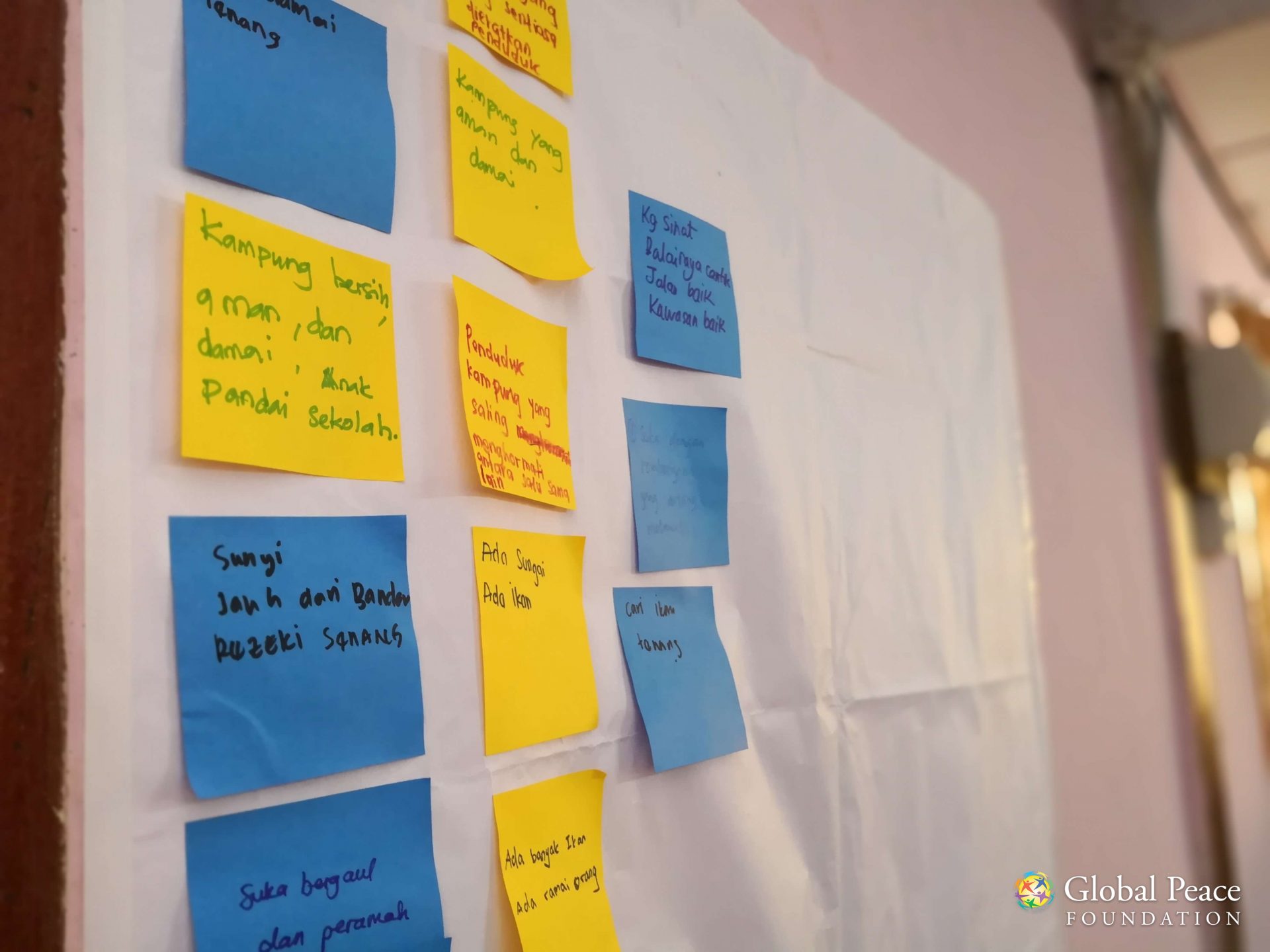

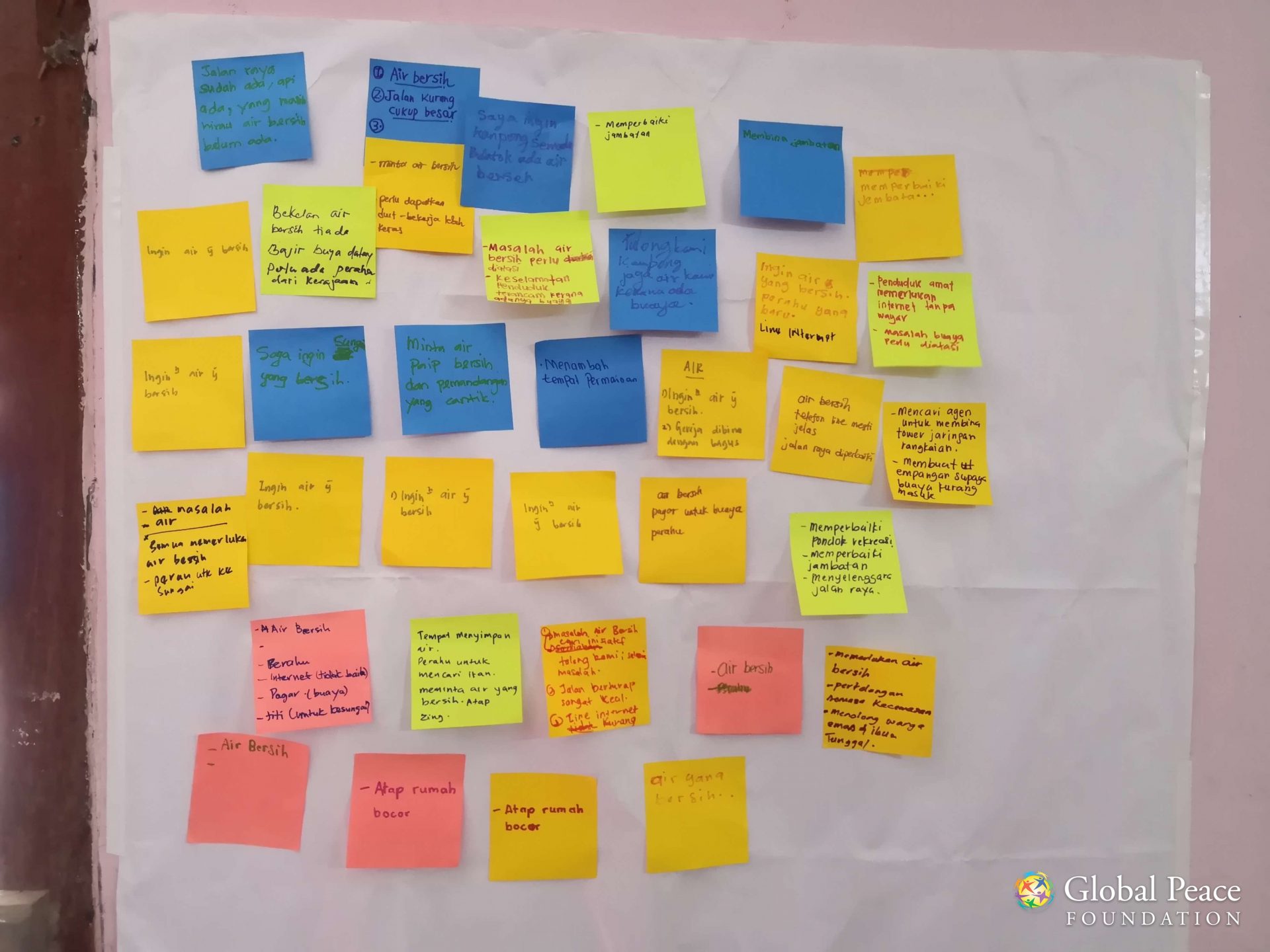
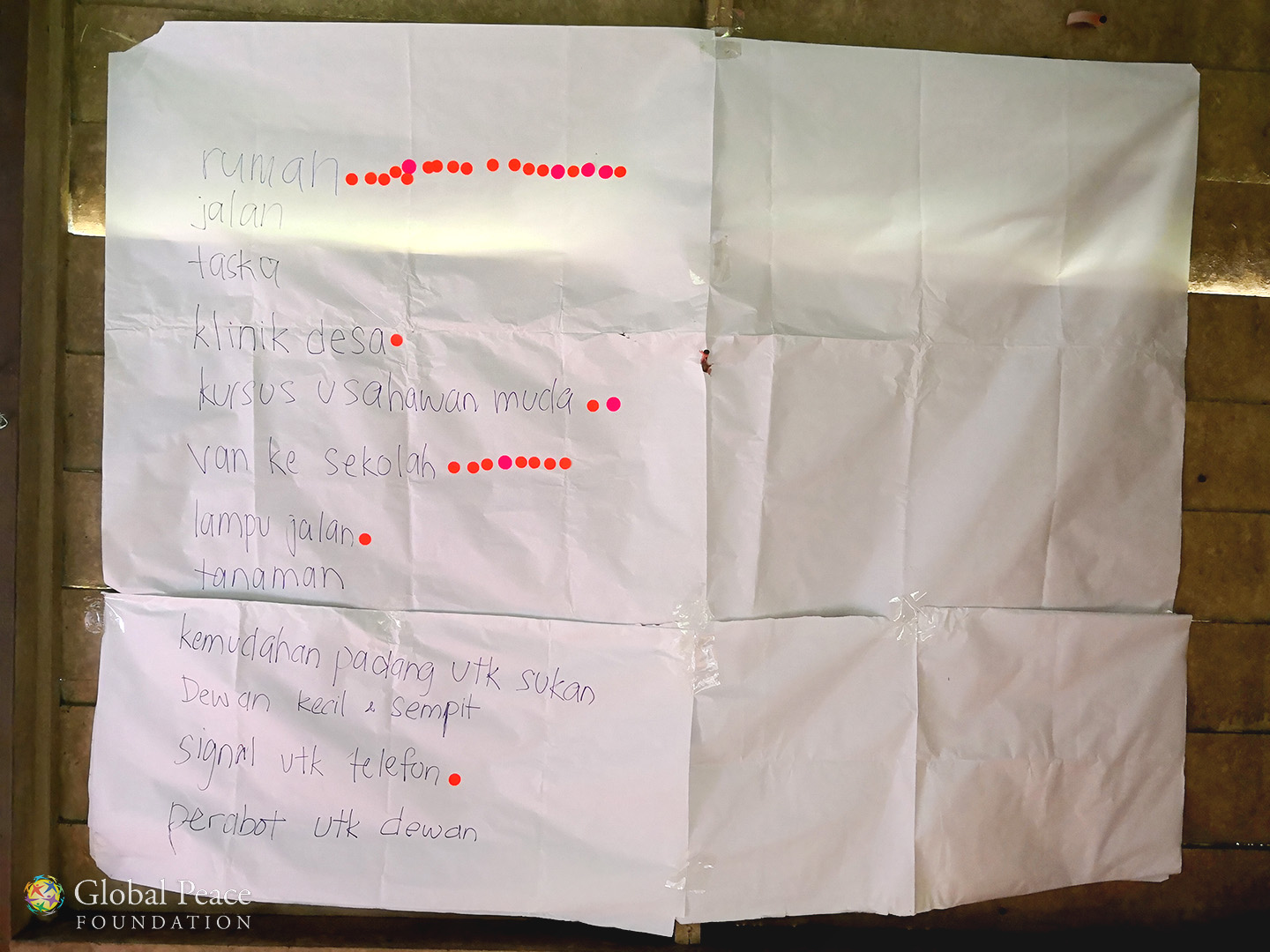
Assets mapping helps us identify a community’s strengths and most pressing issues.
Jaringan Kasih Sayang (Web of Love)
This activity starts with everyone sitting in a circle. One person starts by holding a ball of string and looping one end around their fingers. They then throw the ball of string to another person who catches it and also loops it around their fingers, pulling the string taut. The ‘thrower’ now tells the ‘catcher’ positive things about them, ending with ‘saya sayang kamu’, which means ‘I love you’. Then, it is the ‘catcher’s’ turn to throw the ball of string to someone else and the game continues until everyone has had a turn catching the ball of string.
In many of the villages we go to, the people are usually part of an extended family spanning several generations. While they may already have a good relationship with each other and talk every day, it is not often that they would tell someone that they care for them. These are not words that usually crop up in normal conversation so through this exercise, we share the importance of appreciating one another.
It’s a very touching and heartwarming moment as people tend to become sentimental when they talk. Sometimes, they are at a loss for words but merely saying ‘saya sayang kamu’ speaks volumes about how they feel.
At the end of the activity, everyone sees that they are connected to each other by a ‘web’. If one person lets go of the web or loosens their hold, it falls apart so everyone is important and plays a role in keeping the ‘web’ strong.
This realisation is essential towards developing a cohesive community that is able to stand together even in hard times, continuously supporting and helping each other throughout.

In Jaringan Kasih Sayang, we see genuine emotions as people laughed, smiled, and teared up while talking about each other.
Building Peace and Resilience, One Community at a Time
Community development is a journey that we undertake together with the people in the community. While we may start by taking the wheel, eventually we move to the backseat as they become the drivers that get us to our shared destination, community empowerment.
An empowered community is in control of their own path and to do that, it involves building capacity, leveraging on existing strengths, collaborating with partners, and voicing out. Empowerment is not something that can be given, but is something that the community has to learn and discover for themselves. Our programmes and continuous engagement with them are the first of many steps towards this end.
And while reaching our destination means that it’s time to part ways, it’s a cause to celebrate as we’ve achieved what we’ve set out to do together successfully. Even so, we would still visit and stay connected and we know that the community would always welcome us when we do, as family.
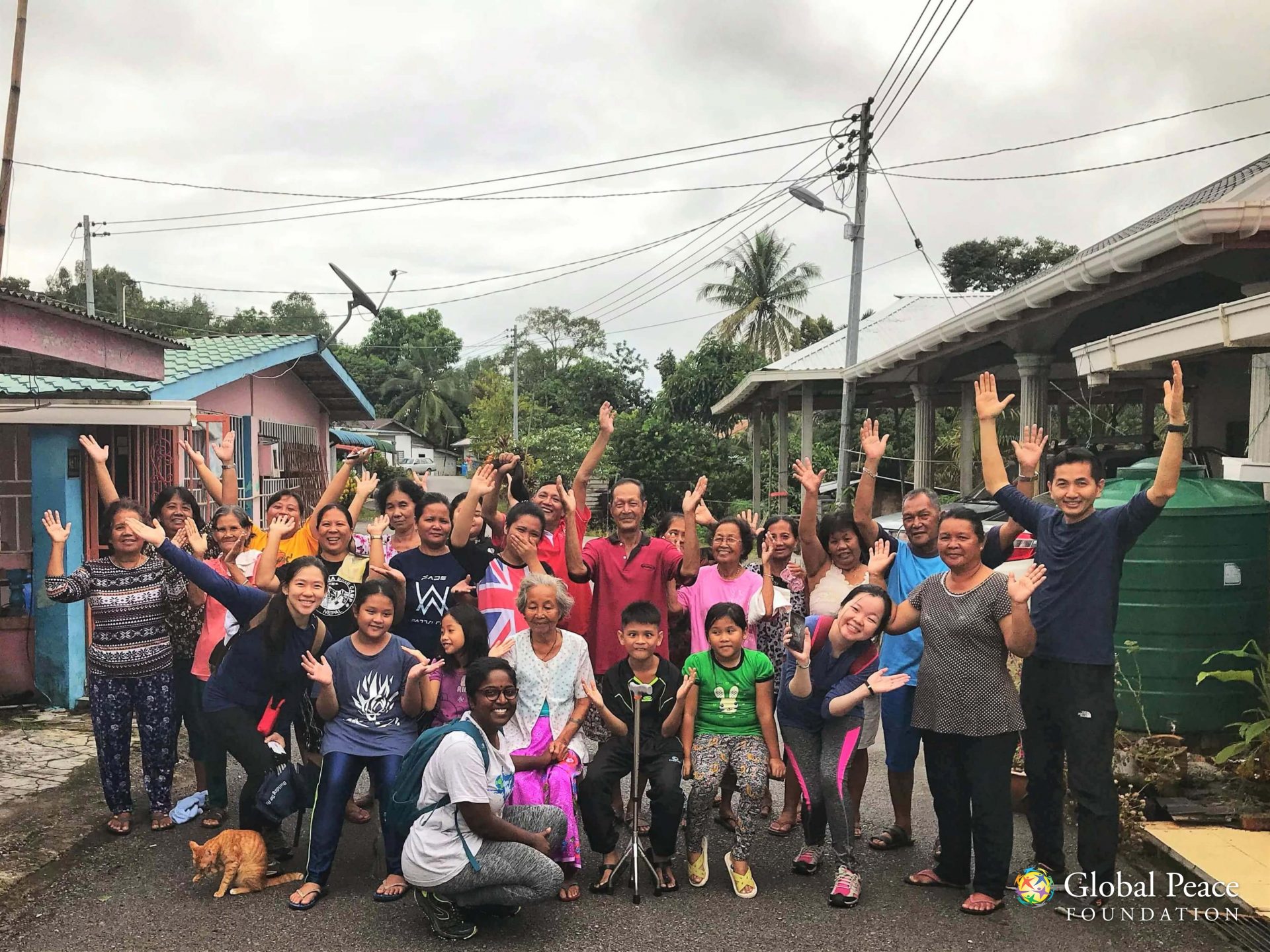
“Regardless of our race, nationality, or religion, our humanity connects us all. We are all part of one family.”
Written by
Yong Joy Anne, Storyteller

